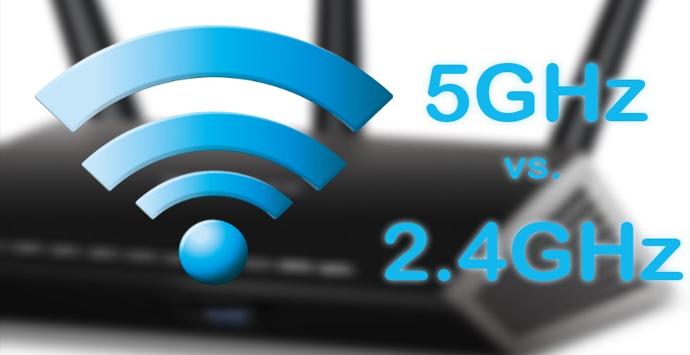We all want our wireless connection to work well, without interruptions and with a good speed. However, it is quite common to encounter problems. One of the most common is to see that the connection is not stable, that it cuts frequently or there are speed drops. This especially happens when we move away from the router and move around the house. Maybe in one area you are doing well, but you move a little and the cuts begin. What can we do to fix it?
Use the 2.4 GHz band for more stability
A small change can help you have more stability in your Wi-Fi connection and avoid annoying cuts. Today most devices allow connection through the 2.4 GHz and 5 GHz band. The second is the one that offers the highest speed and that makes many use it. It’s fine if you’re connecting close to the router, but it’s much more unstable when you’re further away.
Therefore, what we recommend is to use the 2.4 GHz band if you have problems with cuts in your wireless connection. Perhaps you have configured your mobile or computer to automatically connect to the 5 GHz band, which is faster, and you always use that even if you move away from the router.
By using the 2.4 GHz band you will have less speed. That is one of the negative points. However, to avoid cuts and instability it is the right band. You will be able to connect from further away without noticing so many failures. And you can also apply this when you connect to a Wi-Fi repeater, since in many cases they are dual band.
Does this mean that you should always connect to the 2.4 GHz band? No, only at times when you have stability problems and cuts. If you are going to connect near the router, it is best that you use the 5 GHz one because it will be faster. When you walk away, switch bands.

Avoid interference, key
But if you are going to use the 2.4 GHz band, it is important that you avoid interference. It is a much more stable band when you move away from the access point, less sensitive to walls and walls, but it is more affected by other interference. For example, household appliances such as a microwave, which uses a frequency close to 2.4 GHz, or any device that uses Bluetooth.
Also, another important point is that you may have interference from your neighbors. The Wi-Fi channel you use is essential to avoid problems. If you connect to the same wireless channel as your neighbors, this can result in loss of signal and speed. You can always see which Wi-Fi channel you use and choose a freer one.
In this sense, the 5 GHz band is less sensitive to interference. As you can see, both have their positive and negative points. But for what interests us, which is to achieve correct network stability and not have cuts, when connecting from further away from the router, the best is the 2.4 GHz band.
In short, if you want to improve coverage and avoid annoying cuts, sometimes a small change such as using the 2.4 GHz band instead of 5 GHz is ideal. Don’t just go by the fact that 5GHz is faster.












